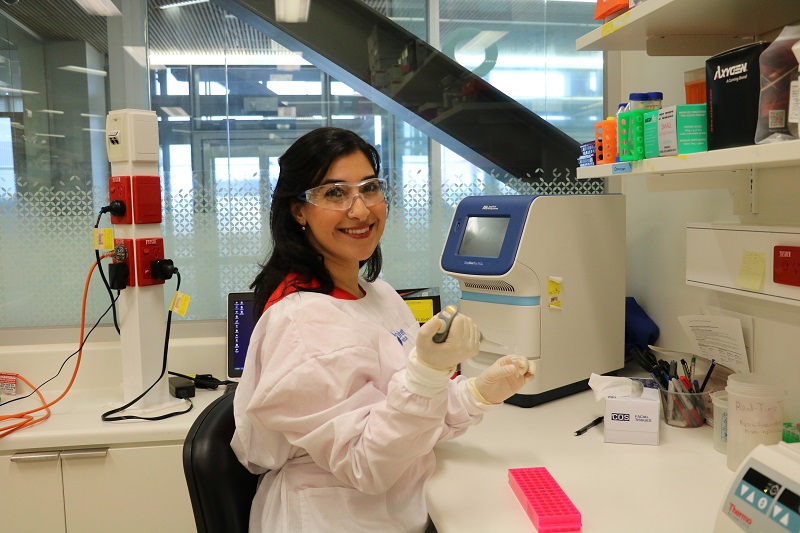23 Jan 2020
One step closer to understanding cancer-fighting immune cells
Researchers discover that protective immune cells are not created equally
This article first appeared in Science in Public.
Personalised treatment of cancers has moved one step closer, thanks to University of Melbourne researcher Dr Susan Christo.
Increasingly, cancers are being treated using an approach called immunotherapy – which uses a patient’s own immune cells to fight the disease.
However, challenges arise in so-called “solid cancers”, such as melanoma, where access may be limited so the cancer-fighting immune cells cannot penetrate the tumour site.
Dr Christo and colleagues in Professor Laura Mackay’s Laboratory have taken the first step towards resolving this challenge by identifying molecules used by the immune cells once they get inside tissues of the body.
“We want to understand what immune cells need from their tissue environment in order to perform at their best. We started by gathering information on what molecules are available to the immune cells at their location, and which of these molecules are helpful for a strong immune response,” says Dr Christo.
By looking at many different tissues, Dr Christo was able to understand what molecules were common or unique between the organs.
This has potential implications for designing therapies that can equip immune cells with the molecular tools they need to function optimally at a particular site, such as in the skin.
“We hope that the understanding of how immune cells interact with the molecules in the tissue will allow us to design more effective and targeted immunotherapies to combat solid cancers.”
Peer reviewed publications:
SL Park, A Zaid, JL Hor, SN Christo et al. 2018, Nat Immunol, 2:183-191.



